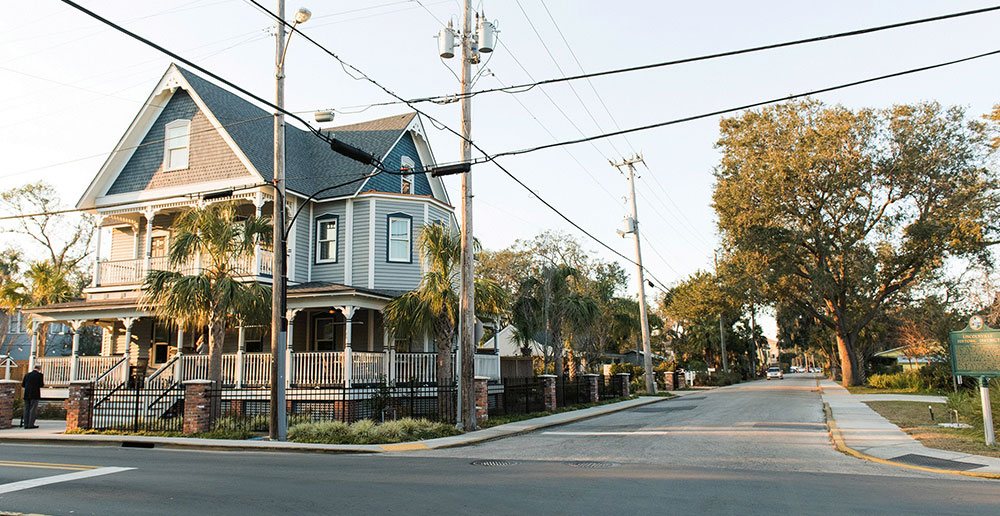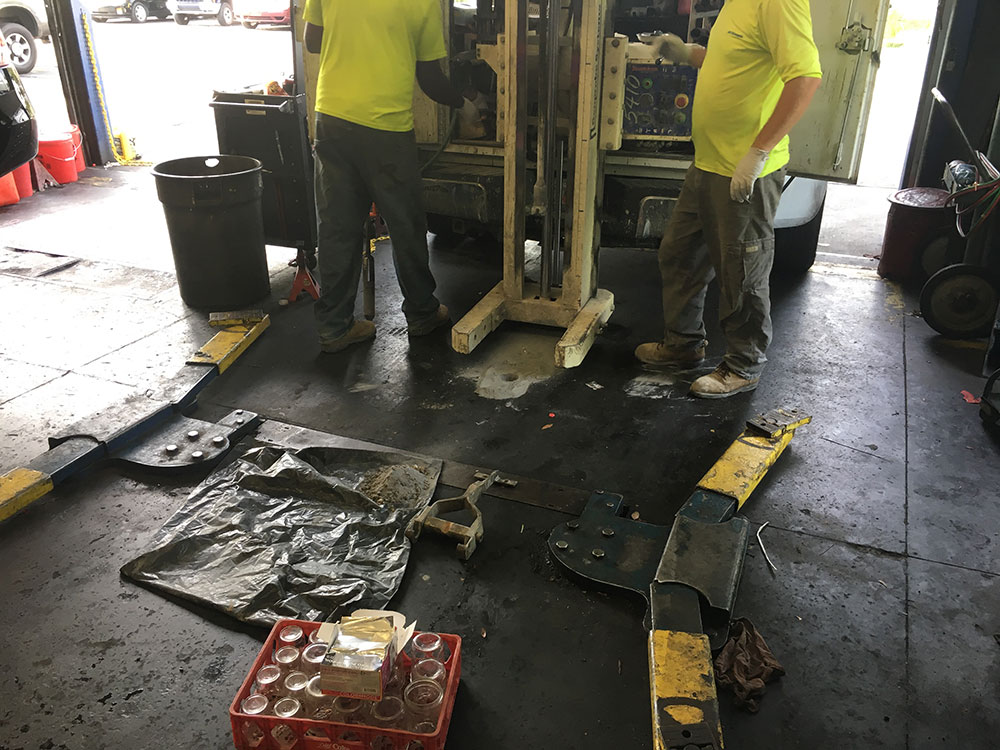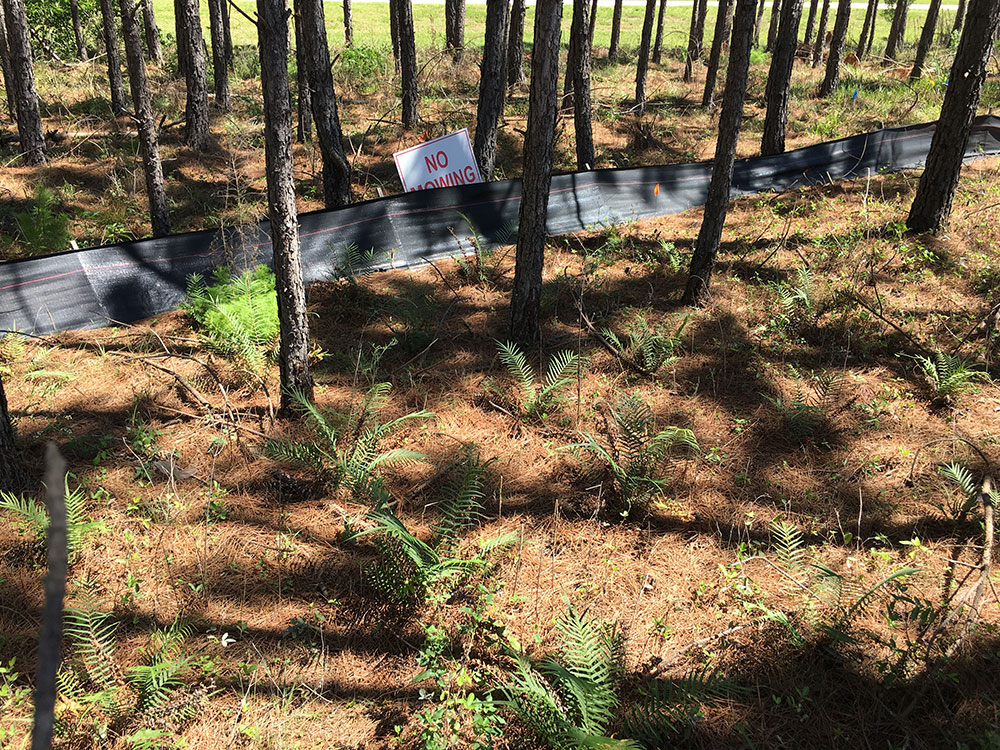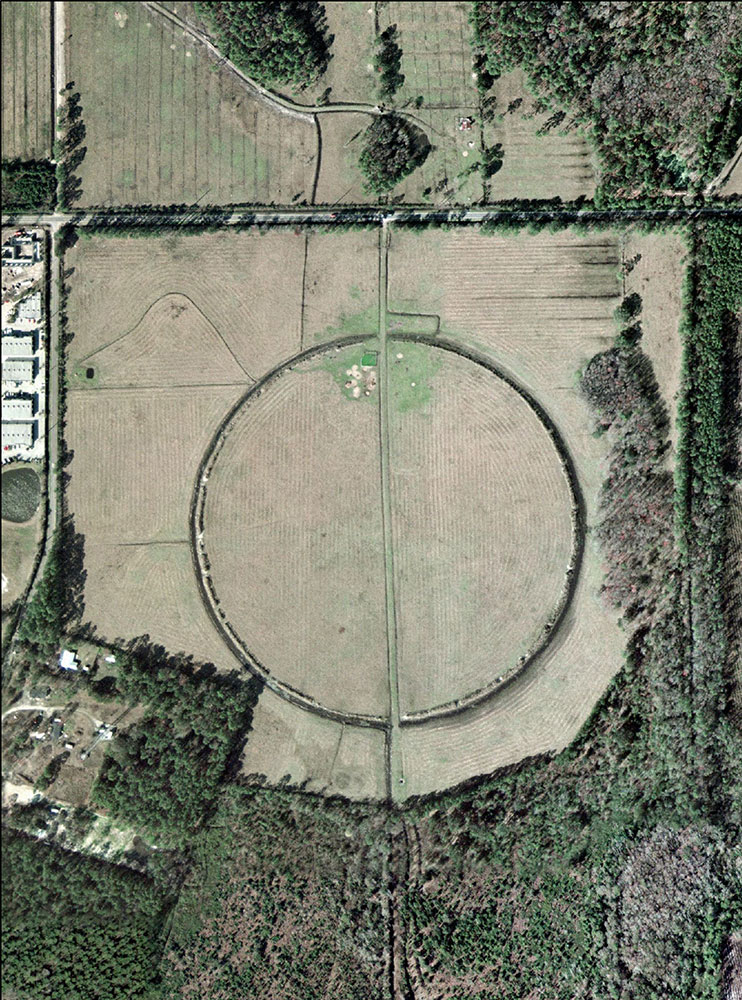Projects
Our Experience

Phase I/Phase II/Tank Removal and Assessment
The City of St. Augustine contracted Matanzas to perform a Phase I ESA at what initially appeared to be a two-story former residence and convenience store located at the corner of one of the busiest intersection in St. Augustine’s historic Lincolnville. Through the Phase I ESA process, Matanzas learned that the property used to dispense gasoline during a time when it was not necessary to register underground tanks. No tank installation or removal reports were discovered. A Phase II ESA and geophysical investigation identified six previously unknown USTs. Matanzas assisted the city with tank registration and then removal of the tanks. A tank closure assessment conducted during removal activities identified no lingering soil or groundwater contamination issues. The project was completed in seven months, from the start of the Phase I ESA to receipt of the closure letter from the FDEP. The property currently operates as The Preserved Restaurant.

De Minimis Closure
During performance of a Phase I and Phase II investigation at a former automotive dealership, Matanzas discovered impacted soil and groundwater in excess of the state’s cleanup target levels. Within 30 days of discovery, Matanzas completed a de minimis closure of the issue in accordance with Contaminated Site Cleanup Rule (Chapter 62-780.550, Florida Administrative Code). 54 tons of impacted soil and 2,222 gallons of petroleum contact water were removed from the excavation.

Brownfield Assessment/Remediation
Matanzas completed a limited soil and groundwater investigation to evaluate soil and groundwater quality associated with a former wood treatment facility and forestry field office. Matanzas assisted the new property owners with the submittal and formal acceptance of a Brownfield Site Rehabilitation Agreement. Innovative cleanup approaches such as in-situ chemical reduction of arsenic and phytoremediation of arsenic-impacted soil have been implemented to achieve regulatory closure.

Riberia Street Corridor Investigation
Matanzas performed a Phase I ESA Corridor Investigation for a 1.1-mile stretch of Riberia Street in downtown St. Augustine in advance of construction activities. Parcel Data Sheets summarizing historical, current, and regulatory information obtained during this investigation were prepared for each of 99 parcels. Aerial photographs, city directories, interviews, and Property Appraiser’s information were used to identify mixed undeveloped land, residential property, and commercial property back to 1859.

Geophysical Investigation for UXO
A Phase I ESA was completed on a 315-acre undeveloped property in St. Johns County, Florida, formerly owned by the US military in the 1940s and was used by the Naval Air Advanced Training Command during World War II for an outlying airfield in conjunction with training operations at the Jacksonville Naval Air Station. A Limited Geophysical Investigation was conducted to determine the presence or absence of buried metallic ordnance (UXO) within the center of a feature of interest. No unexploded ordnance or ballistic-type material was identified during the investigation. All excavated anomalies were found to be associated with barbed wire fencing and metal fencing material (nails, strapping bands, railroad tie/steel girder, etc). The property is currently the Markland Residential Community.
Expedited Assessment & Cleanup
Matanzas initially completed a Phase I and Phase II ESA at a property located in the growth path of new port development projects in Jacksonville. Contamination at the site required assessment and cleanup under the state’s Petroleum Contamination Cleanup Criteria. Given the client’s desire to bring their project on-line as quick as possible, Matanzas proposed to complete assessment, remediation, and closure activities within a year. Prior to initiating field activities, Matanzas sought and obtained by-in from City of Jacksonville environmental regulators. Within an eight month period Matanzas assessed the contamination, completed source removal activities, completed two consecutive quarters of groundwater monitoring, and submitted a combined Contamination Assessment/Source Removal Report to the City of Jacksonville.

